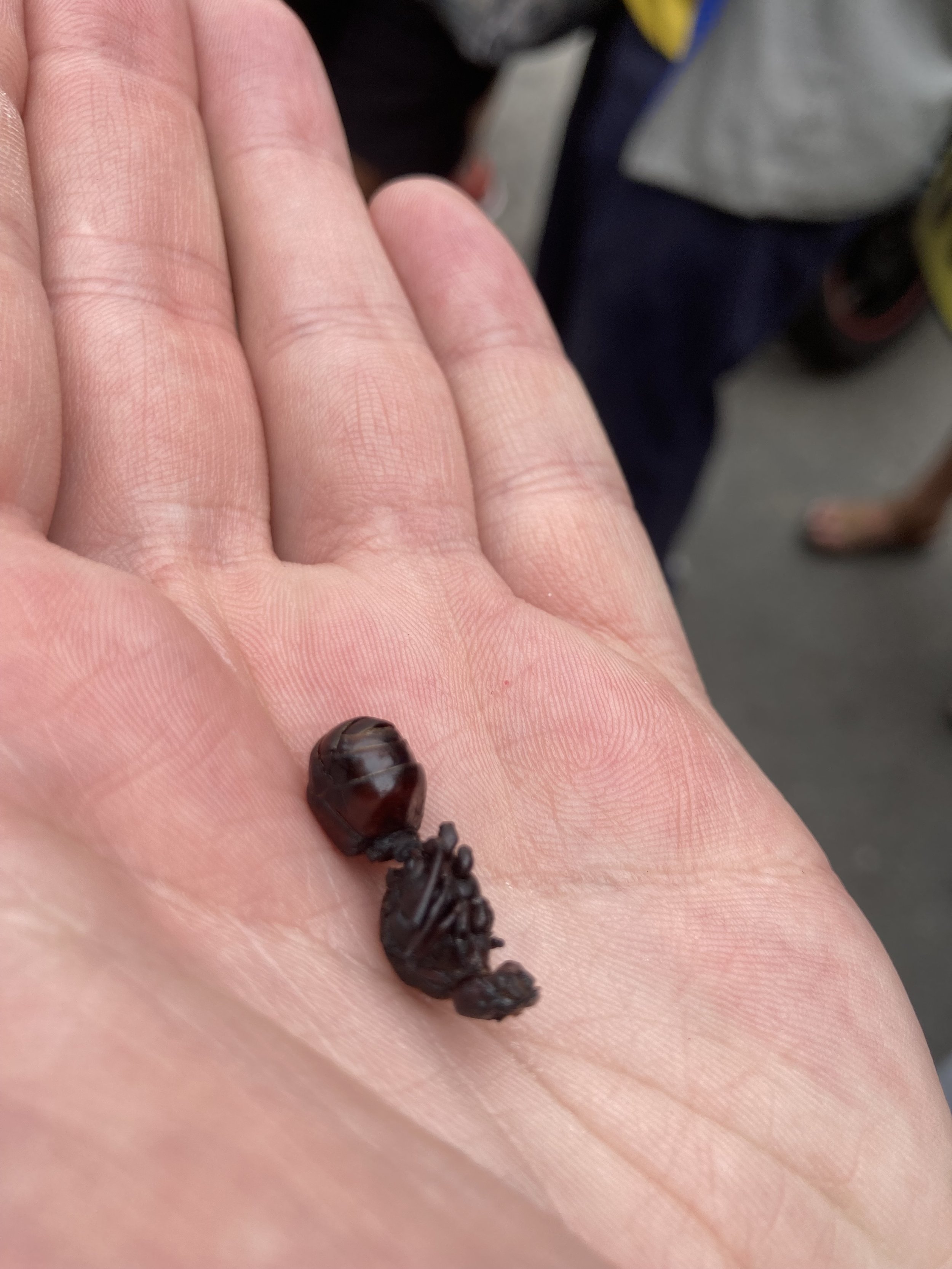Medellin
As I arrived in Medellin after a night spent on a bus, I had one thing on my mind. Football. With the Euros final at 2pm Colombian time, and the Copa America final (Colombia vs Argentina) at 7pm, there was no need to plan my day, just to work out where I would watch the games and who with. After the usual ritual of having a shower before I had a room to get dressed in and storing my backpack in the hostel, I went for a walk around the local area to get a feel for the neighbourhood and see if there were any obvious contenders for where to watch the matches later. The local area was like Ipanema - every shop and cafe is so boutiquey that it didn’t feel like real life. A shame, as I’d rather see the real Medellin. After walking a bit further to try and find something more tailored to locals, I stumbled upon a big screen being set up in the street outside a bar, with balloons in Colombian colours decorating the streets.
I spent the entire day at that big screen - we got there early for the Euros final and got a great table right in front of the screen, and as a result had prime seats for the Colombia match too. Lydia, Wouter, Kari (all met in Bogotá) and Jess (new) joined me and while the service became painfully slow once a thousand or so Colombians arrived, the atmosphere was brilliant. Unfortunately neither of the teams I was supporting that day brought home a trophy despite both getting so close, and the atmosphere was really killed Argentina scored in extra time. The moment was sad, but the memories of the party atmosphere until that point are still excellent. What an experience.
Thanks to my residual jetlag I woke up fairly early again and decided a downtown walking tour would be a good use of my morning. Medellin reminds me a lot of La Paz - a city full of culture, surrounded by mountains with cable cars running up and down them. Rather than the arcihtecture or the art in the city though (some of which was of course excellent) it was the story of Medellin’s transformation which really fascinated me. Walking through the thriving and relatively safe city of today, it’s difficult to imagine that just a couple of decades ago Medellin was home to the highest homicide rate in the world. Government investment in public transport and mobility has allowed poorer neighbourhoods to change themselves from within, and remain improved. While I’m sure many neighbourhoods still have their issues, there generally seems to be agreement that a city once at war with itself is now living in peace.
The historical troubles of the city did become far more real on a separate tour of Comuna 13 though - the epicentre of much of the violence. I’d got a tip from someone in Medellin that this particular tour was really worth doing as they showed you, in a respectful way, the real history of the area and not just the tourist trap much of it has been turned in to. Indeed, we began by watching break dancing, being sung to, given local treats to eat (including hormigas culonas - big booty ants, which I don’t feel the need to ever eat again) and graffiti-ing a wall, but after a rest stop at a beautiful view point, watching the sun set and the city turn in to a carpet of lights, the more serious side of the tour began. The part I got most from was hearing the story of a ex-paramilitary who grew up in Comuna 13 called Alex. My Spanish was good enough to understand about half of what he said, and I could really hear the pain in his voice at he told it. Not an fun experience, but a really important one.
Other highlights from Medellin include a delicious bandeja paisa (paisa platter) at La Hacienda - almost a Colombian lunch version of the full english breakfast (pork belly, sausage, blood sausage, fried egg, ground beef, plantain, arepa, rice and beans), a lovely swim in the hostel’s rooftop pool and a fun night out in a reggaeton club with Wouter and Kari and others from the hostel.
Off to Jardin now, and after plenty of city time I can’t wait to be surrounded by nature.











